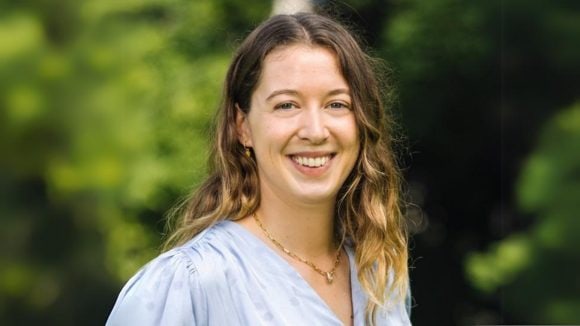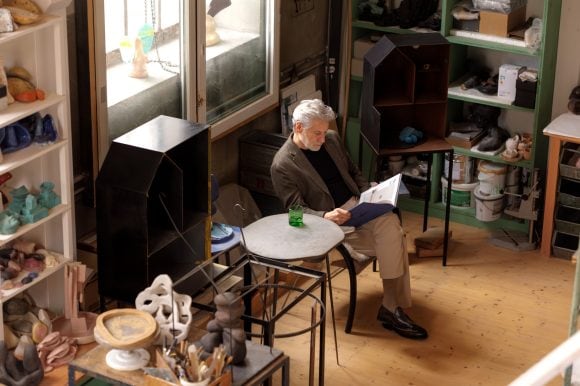Interview
Josephine Graf: Unlocking nature-positive outcomes under water
Coral reefs play an invisible but vital role in the race against climate change. The nature-impact start-up rrreefs is rethinking, rebuilding, and regenerating this almost extinct ecosystem in a pioneering way.








